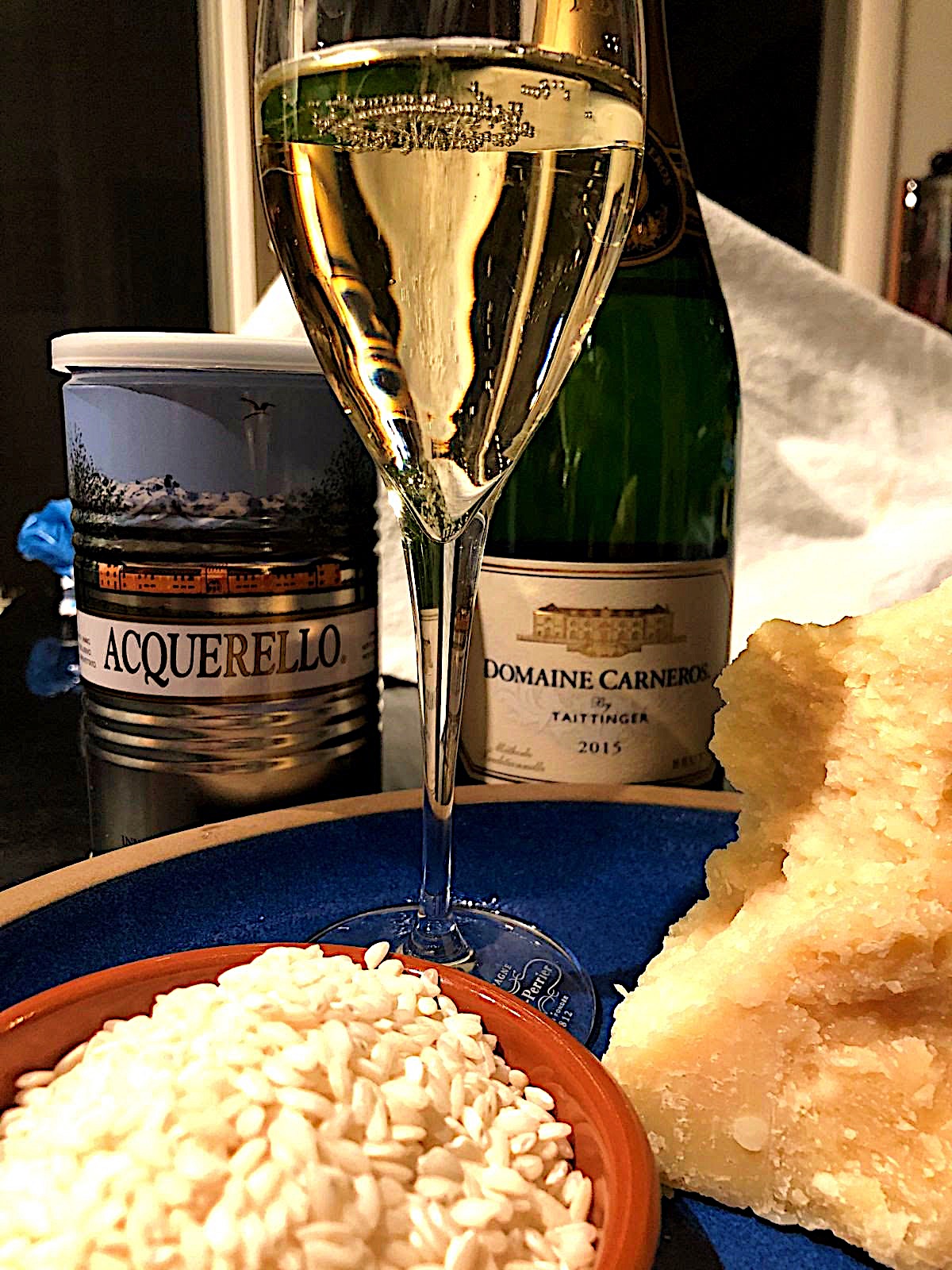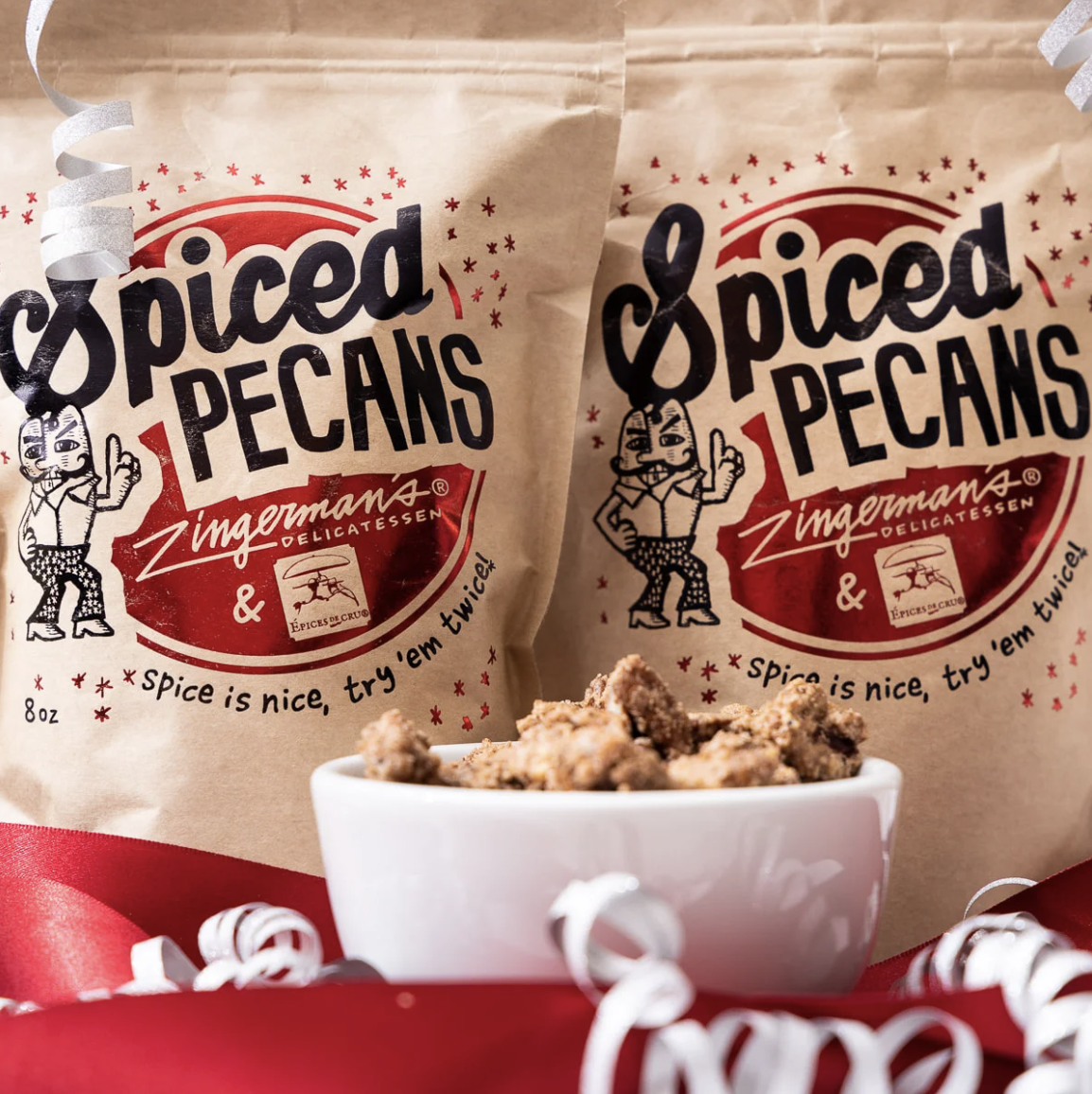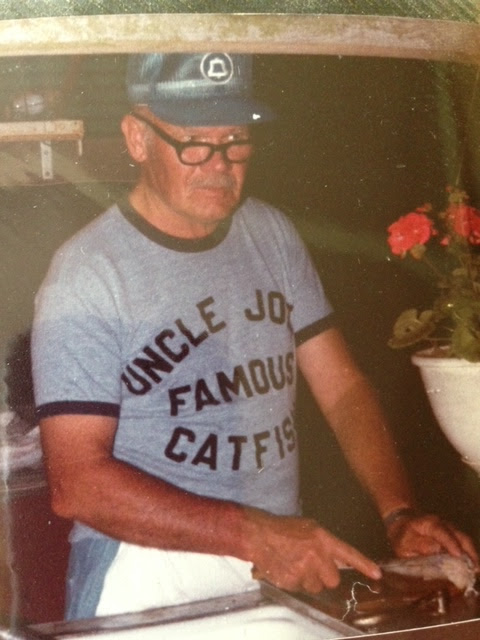|
Party Time Pumpkin Pie from the Bakehouse
A classic coming together of Native American and European and Asian culinary influences—features a creamy filling of pumpkin (native to the Americas), spiced with cinnamon, ginger, and cloves from Southeast Asia, enhanced by heavy cream in an all-butter crust (both of which arrived in North America with Europeans). The Bakehouse’s Party Time Pumpkin Pies are only lightly sweetened with local honey—part of what appeals to me about them is that they aren’t, to my taste, overly sweet. I like to take mine up a notch with a drizzle of sorghum syrup, a sprinkling of toasted walnuts, or cinnamon-scented whipped cream (or all three!).
Harvest Pumpkin Gelato from the Creamery
Smooth pumpkin purée spiced with cinnamon, nutmeg, and cloves, blended with a bit of the Creamery’s classic Burnt Sugar syrup. Super tasty! It’d be great with a bit of ground espresso or shaved chocolate sprinkled over top. Or turn it into a great fall sundae—a Bakehouse Ginger Jump-Up cookie for a base, a scoop of this great Harvest Pumpkin Gelato, a little whipped cream, and a ribbon of dark sorghum syrup poured over top!
Pumpkin Spice Latte from the Roadhouse
A slowly simmered blend of Muscovado brown sugar, pumpkin purée, real vanilla bean, and Épices de Cru’s compelling Pumpkin Pie Spice—Indonesian cassia, Jamaican nutmeg and ginger, Sri Lankan cinnamon, and Jamaican allspice. All then blended with whole milk from Calder Dairy and a couple shots of the Coffee Company’s Espresso Blend #1 from the Daterra Estate in Brazil. Customers have been raving about this all month.
Pumpkin Cheesecake from the Bakehouse
I wrote a bunch about how terrific the Pumpkin Cheesecake is a few weeks back. To my taste, it really is one of the best things we make in the entire ZCoB. That ginger cookie crust is just fantastic! Terrific, too, sprinkled with a bit of freshly ground (not brewed) espresso?!
P.S. We also have the Épices de Cru Pumpkin Pie Spices at the Deli for you to cook with at home too!
P.P.S. On the savory side of things, here’s a reminder that Bakehouse will be doing a Special Bake of one of my favorites, the Walnut Sage Bread, this Friday and Saturday, November 16 and 17.
Want more from Ari?
Sign up for Ari’s Top 5 e-newsletter and look forward to his weekly curated email—a roundup of 5 Zing things Ari is excited about this week—stuff you might not have heard of!
Follow us on social media: Instagram, Facebook and Twitter, @zingermanscommunity.
|
 A sweet taste of northern European Christmas
A sweet taste of northern European Christmas





